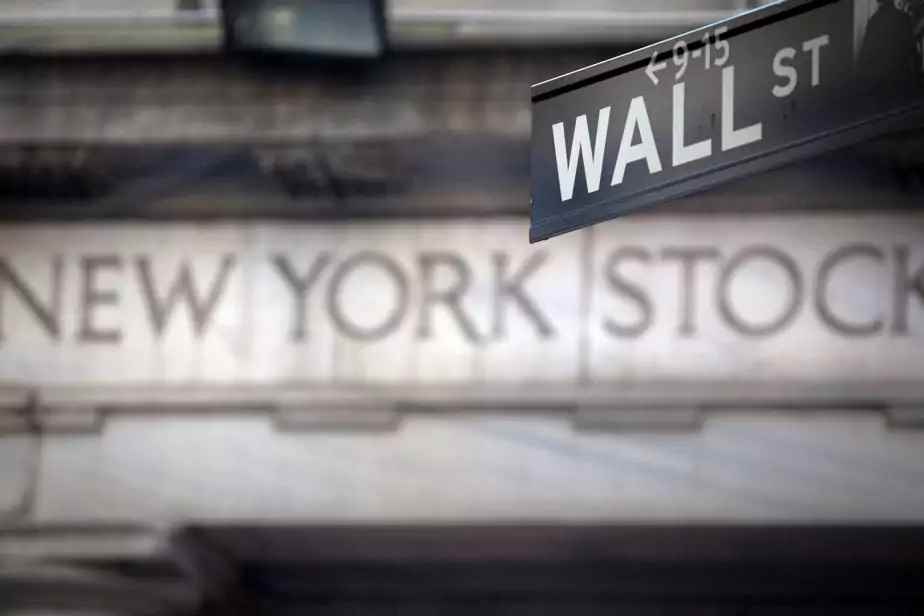(New York) The interest rate on 3-month government bonds rose above their 10-year equivalent in the United States on Thursday, a very rare phenomenon that has been systematically followed by a recession for more than ‘a half-century.
Posted yesterday at 8:17 p.m.
Such a “reversal”, the name used by economists and investors, had not occurred since February 2020, when the markets were dislocated by the arrival of the COVID-19 pandemic.
Long-term interest rates are generally higher than short-term yields, because investing for a longer term involves greater risk, both in terms of the evolution of the economy, the markets or even the prospect of repayment of the loan.
A reversal like the one that occurred on Thursday is closely followed by the markets, especially since the work of Canadian economist Campbell Harvey in 1986 raised the hypothesis that it was a harbinger of a recession.
The last eight recessions that the United States has experienced have all been preceded by an inversion of the yield curve. This curve is established by linking, on a graph, all the rates for the shortest maturities (a few months) to the longest (30 years).
With the inversion, instead of going up, the curve goes down, a sign that the short rates are higher than the long rates.
The theory goes that with this reversal, the market is signaling that it is less confident in long-term economic growth than in the short term. He thus envisages a recession in the medium term, which would force the American central bank (Fed) to lower its rates.
Last March, the yield curve had already shown the first signs of inversion. Since the beginning of July, the 2-year rate has been constantly moving above the 10-year rate, which was already considered by some to be the first harbinger of a recession.
“It’s a worrying signal”, according to Christopher Vecchio, of DailyFX, for whom the inversion between the 3-month and 10-year rate “is perhaps more important than that with the 2-year rate”.
On Wednesday, the 3-month rate had risen to its highest level in 15 years, at 4.04%. It stood at 4% on Thursday, while the rate at 10 was displayed at 3.91%.
